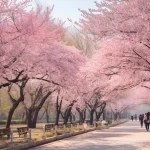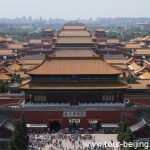Guangzhou airport subway
Plan your Guangzhou tour? Arriving at Guangzhou Baiyun International Airport, you have three tools of city transportation to choose bringing you from Baiyun airport to the downtown of Guangzhou city, namely Subway, taxi, shuttle bus. Taking subway when you arrive is most convenient and economical though sometimes it cannot take you to your lodging hotel directly…





